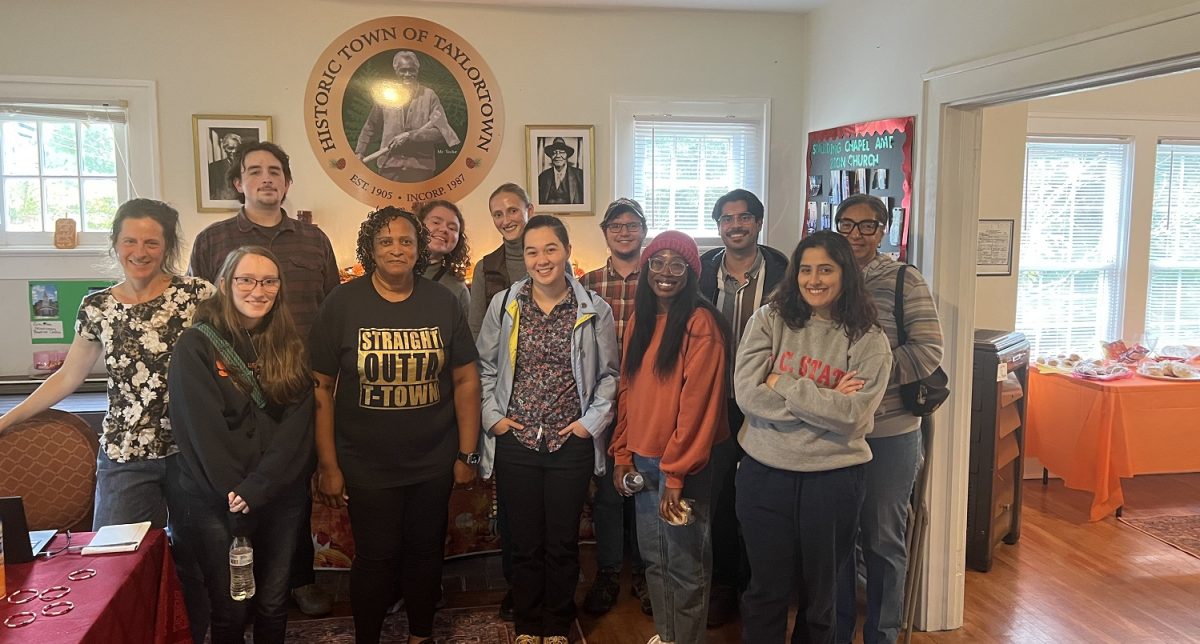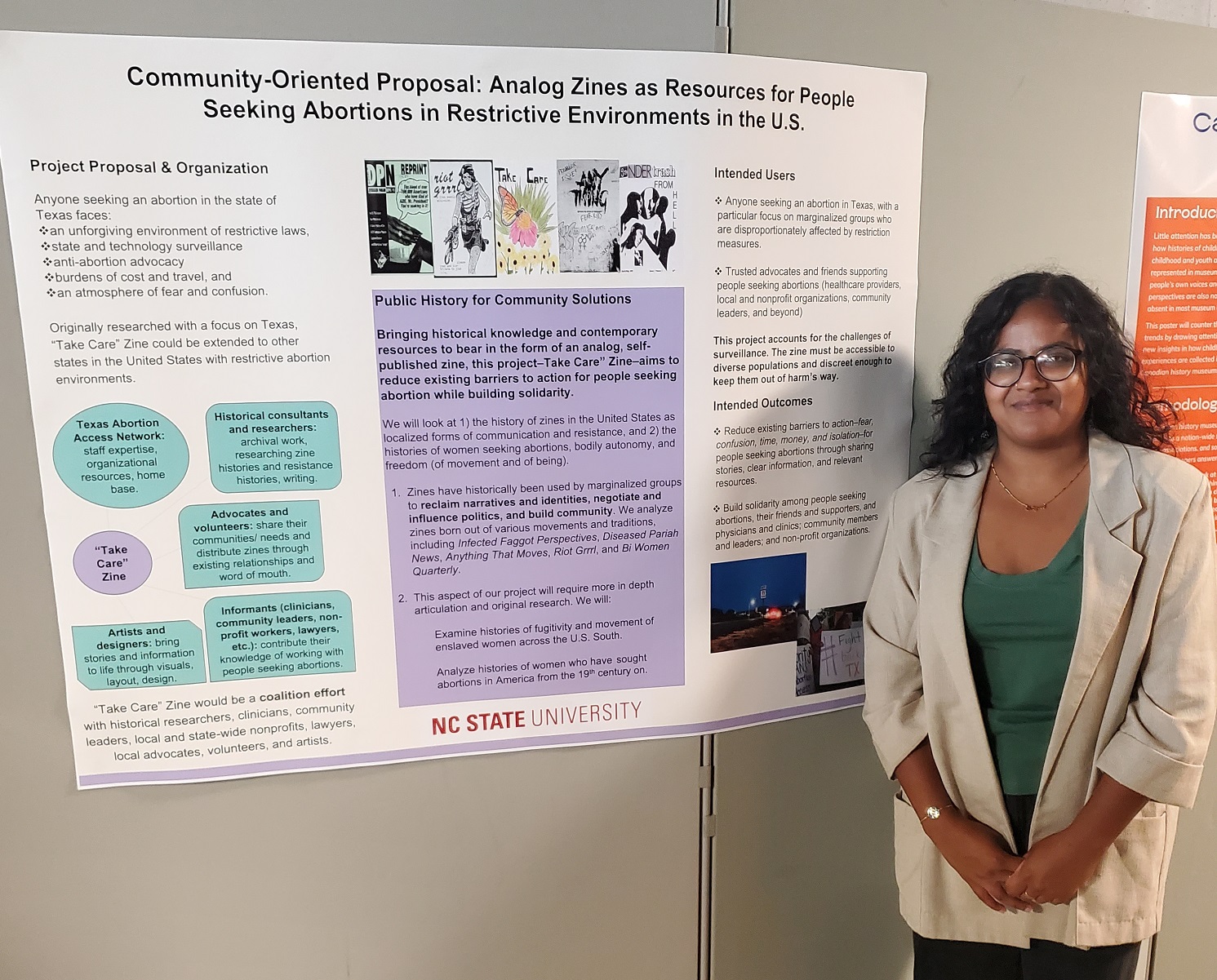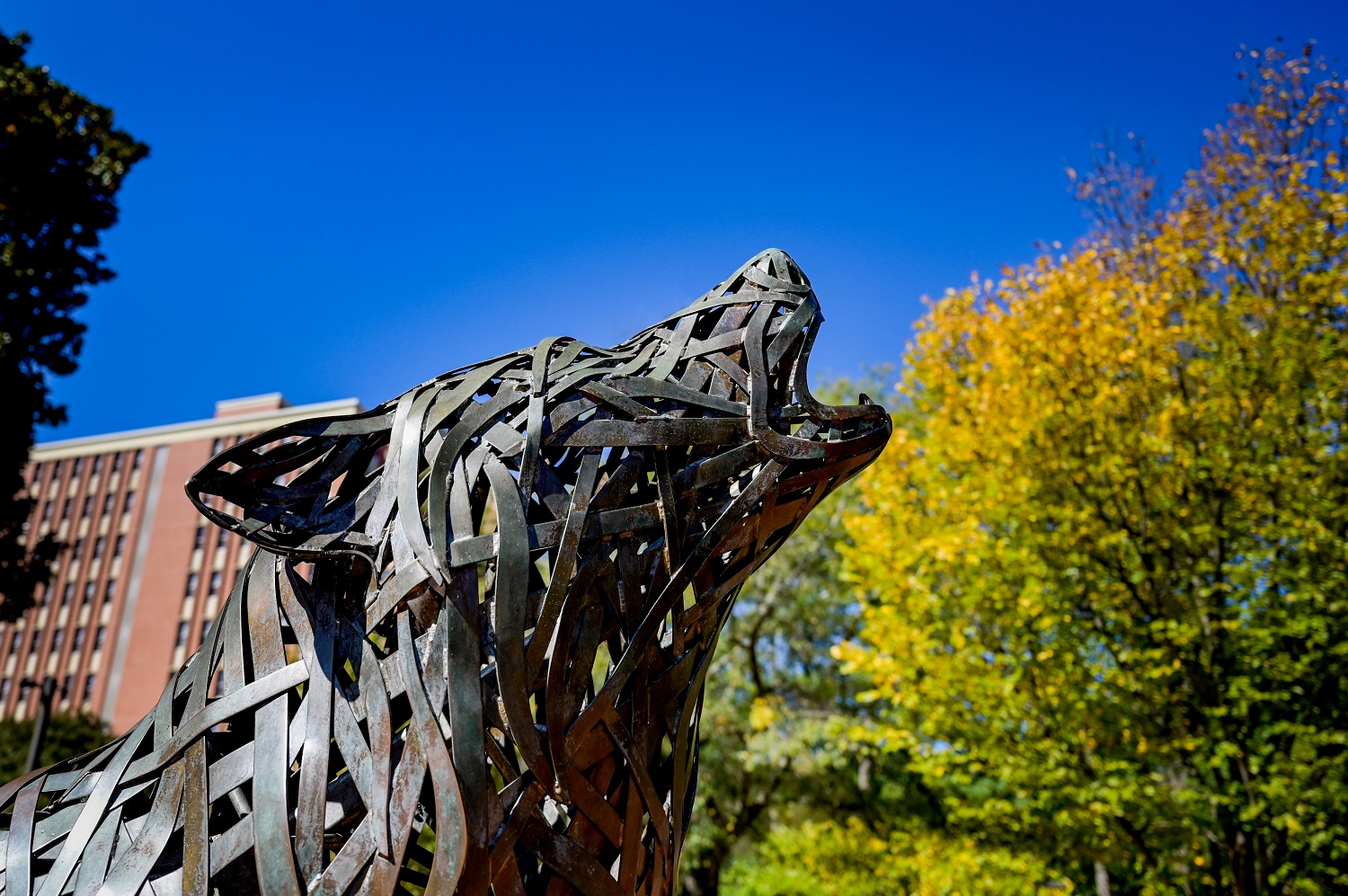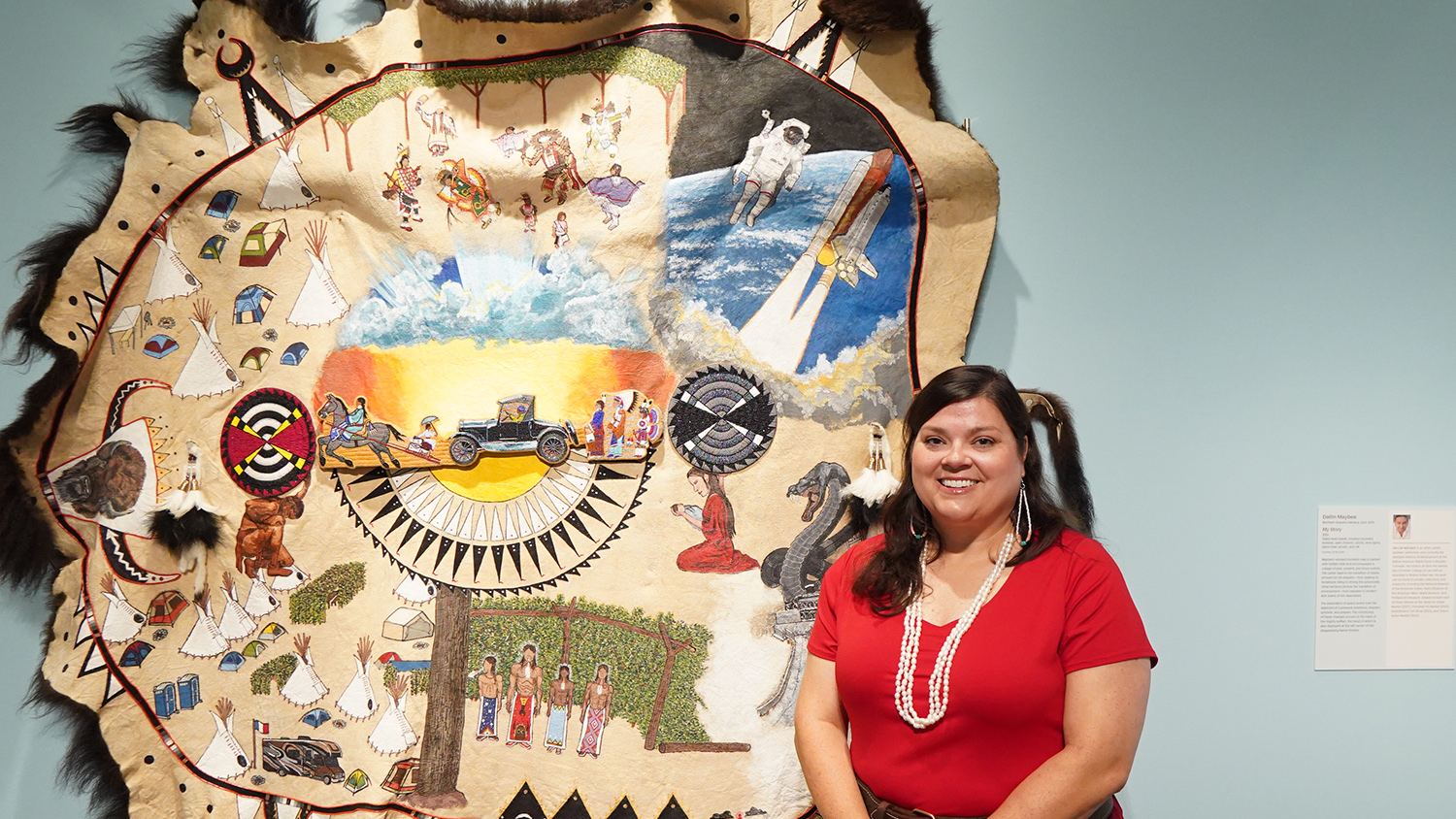As part of her Fall 2023 HI 563 course: Topics in History and Memory, Dr. Gwyneth Thayer brought her students to Pinehurst and the African-American community of Taylortown to analyze the ways in which public memory and heritage tourism are represented.
In the late 19th century, James Walker Tufts wanted to create an idyllic New England village for people of means – originally those recovering from tuberculosis – in the American South. He chose the North Carolina Sandhills to build Pinehurst, which eventually became nationally known as a golfing mecca for the wealthy. In 1905, Demus Taylor, a formerly enslaved person, purchased land from Tufts and founded a town for Pinehurst’s African American workforce, many of whom helped to build Pinehurst itself. The town, originally called Old Settlement, was later renamed Taylortown in honor of its founder.
Dr. Thayer’s students were tasked with looking at not only the community history, but also the conceptualization of what Pinehurst is, and specifically how Taylortown’s African American labor force was marginalized – their stories left untold. According to Thayer, “There’s a popular narrative of the history of Pinehurst – that it was essentially a blank slate even though there were people living in the area. The region had a long history of rural settlement but the narrative often treats Pinehurst as a primitive, untouched barren land awaiting modern development and improvement. The black laborers who built Pinehurst and helped to make it what it is today are largely erased from the story.”
Dr. Thayer first became interested in Pinehurst/Taylortown while looking at a photo album (circa 1911) of African American golf caddies from Pinehurst and wanted to know the story behind these workers. Says Thayer, “In this fascinating album held at the Tufts Archives there are pages and pages of photographs of the Pinehurst caddies sitting on chairs out in the open air. If you look closely, you can see a badge or a tag on each person, indicating their role as a caddy. In the album itself, there is also sometimes a brief written description of each caddy – essentially a value judgment on their job performance, such as “good” or “sorry.” The language used is interesting; the word “sorry” was a word that could be used to describe an enslaved person in a derogatory manner. This photo album is a compelling artifact yet there’s been no research or attention given to this book in any sustained way.”
Taylortown has faced significant challenges ever since it was founded. As Pinehurst expanded, it tried to annex land and keep them unincorporated. After a long legal battle, Taylortown finally was able to incorporate. One of Thayer’s students researched this battle to incorporate and have its own community. At one point, Taylortown was relocated to the other side of the highway, which happens frequently with displaced black communities; another student looked into how their land was taken.

Josh Thomas, a History MA student and Cece Bartemes, a Public History MA student, worked together on a project about the life of Demus Taylor, starting with his birth in West Africa. Thomas researched real estate and death records as he was trying to locate the historical communities which Taylor owned – Old Settlement and Smoke. He focused on trying to find historic maps and looking at archival material, but his main source was the Moore County Register of Deeds, where he looked at the history and back title deeds of every single parcel. It was difficult, due to many records having been lost because of fire and poor record-keeping. Says Thomas, “I don’t know if other African Americans besides Demus owned their land. Unfortunately, those tenants would disappear from the record pretty quickly, which is rather unfortunate. I did pinpoint two locations within a block or two that I thought could be Old Settlement. The community has an anecdote that says the Old Settlement is adjacent to what is now the 15th hole of the No. 3 golf course.”

In recent years, Demus Taylor’s great-granddaughter’s home was turned into a community history museum. Taylortown resident Nadine Moody, who connected Thayer with community members, volunteers at and helped found the museum. Says Thayer, “One of the goals of this project is to get the students to look at Taylortown, to look at the community museum, and see ways that we can participate and help with interpretation and what they need. The original Taylortown community had (and continues to have) many churches as well as a (now closed) Rosenwald School; these schools were designed to improve education for African Americans in the South but were often abandoned or demolished after desegregation. There are a lot of spaces in Taylortown that are interesting and important local history that warrants more scholarly attention. Taylortown is in some ways a vibrant community but economically it isn’t. There are definitely strong community ties but there’s also struggle.”

In Pinehurst, the Givens Memorial Public Library’s archive (the Tufts Archives, named after Tufts himself) was one site where students did a significant part of their research and learned about the local history. Public History PhD student, Tyanna West, who is primarily interested in heritage preservation, recounts, in regards to African-American history, “Taylortown museum, because it’s a community museum has so much more information than the Tufts Archives. Tufts just has one glass frame exhibit with a little bit of information about Taylortown, even though the people from Taylortown helped build Pinehurst.”
For their project, Nay Achkar and Christine Aksnes shared with the Givens library staff new, more inclusive ways that they can think about their collections and interpretation of their artifacts and exhibits. For his final project, PhD student in sociology Benjamin Pulgar-Guzman created a podcast in which he talked to people curating the Taylortown Museum and the director of the Tufts Archives to see what exactly are the stark differences and interesting similarities between their approaches to the past.

Students primarily conducted interview fieldwork which involved going into the community with an audio recorder and talking to people and then embedding that information within their projects. Tyanna’s project focused on highlighting the everyday lives of African Americans in Taylortown. She interviewed Mr. Perry Barrett, who was born and raised in Taylortown. She also did a drive through tour of Taylortown with Nadine Moody. Says Tyanna, “What stuck out the most to me about the trip was the stark difference between Pinehurst and Taylortown, which are literally around the corner from each other and how economically different the community looks. I really wanted to highlight that part of Taylortown because in class, we were examining silences in the archives and when we look at black people’s role in Pinehurst, there’s a lot of ugly stuff. So I wanted to highlight the beauty of the African American experience for people who are from Taylortown.”
Notes Josh Thomas, “The people in Taylortown’s museum and the town had done so much work collecting artifacts, collecting objects, writing down memories, sharing their experiences. There was an older man who remembered Smoke and he talked about how at first he couldn’t understand why all these students are here? Listening to me? But eventually as he’s talking, you can see him just enjoying remembering.”
The students presented their final projects in the Visualization Studio at D.H. Hill, Jr., Library on campus, but several have indicated an interest in returning to Taylortown’s local museum to continue to support community efforts to document their history.
- Categories:




